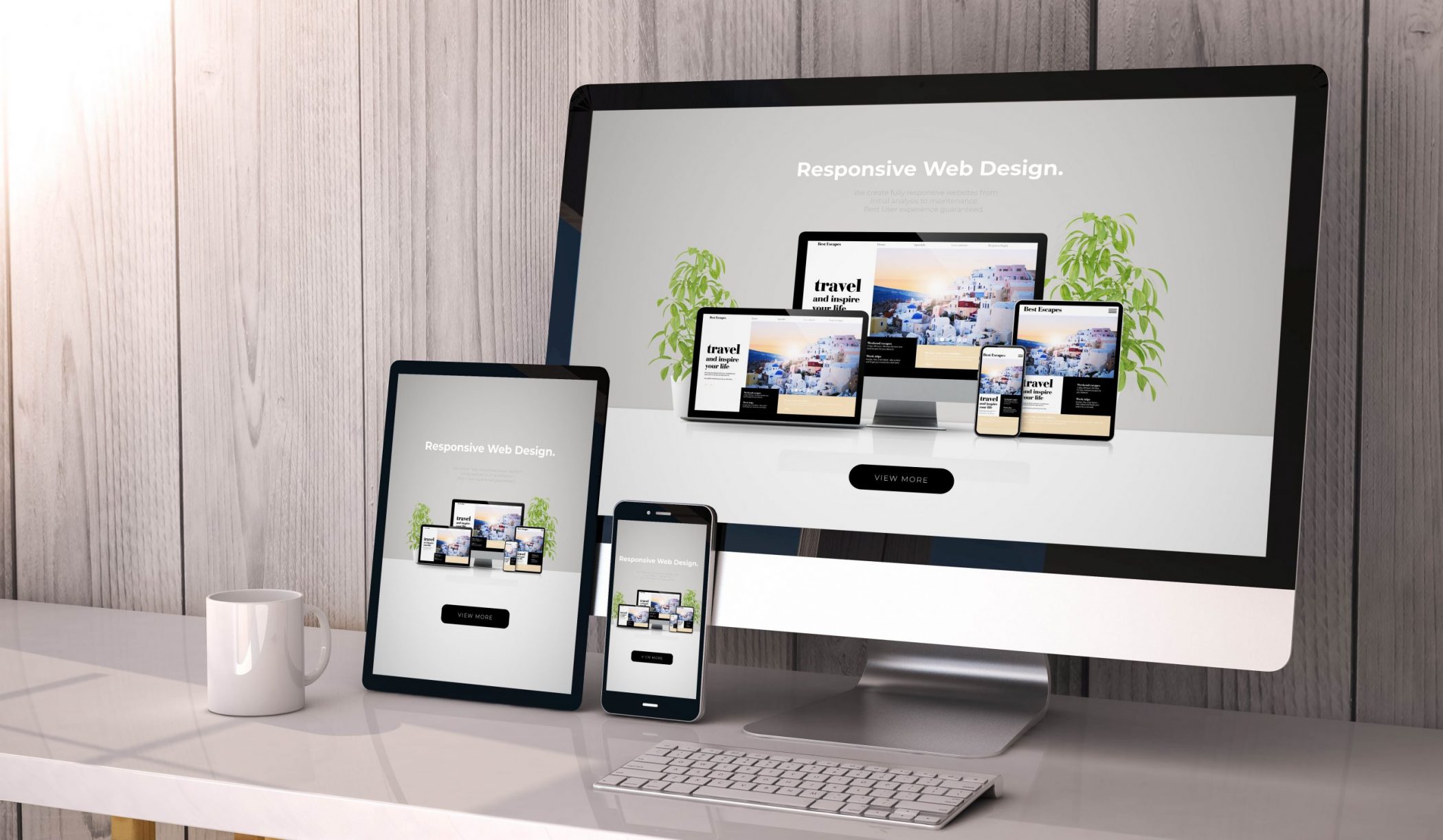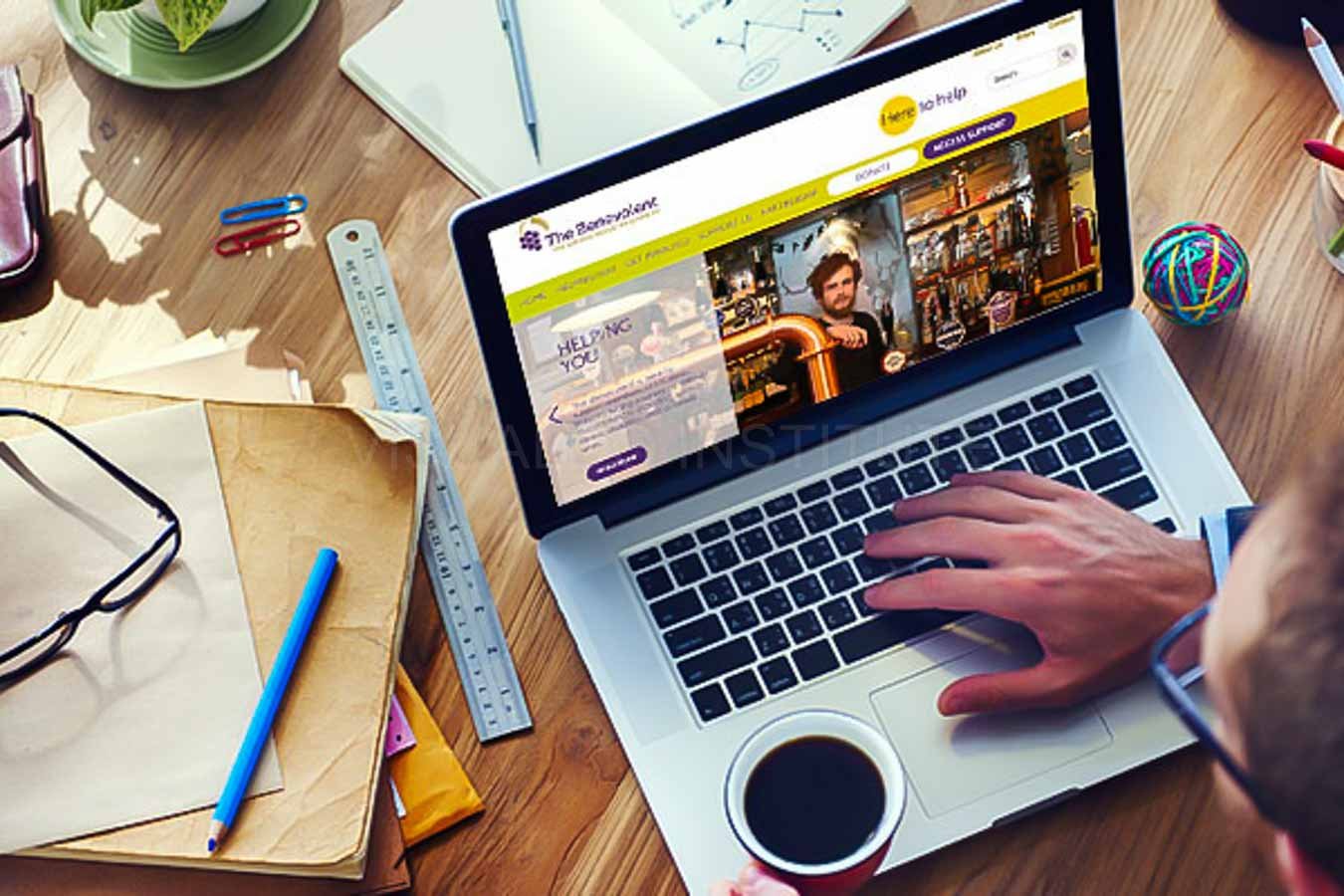Affordable and Professional Web Design Klerksdorp for Small Businesses
Affordable and Professional Web Design Klerksdorp for Small Businesses
Blog Article
Mastering Internet Layout: Secret Principles for a User-Friendly Website
In the world of web style, the focus on individual experience has actually ended up being vital, shaping how websites are built and regarded. As we explore these foundational components, it becomes obvious that the decisions made during the layout process can have lasting implications on a site's effectiveness and individual commitment.

Importance of User Experience
In the realm of website design, the importance of user experience (UX) can not be overemphasized. UX incorporates the overall fulfillment an individual stems from communicating with an internet site, significantly influencing their assumption of a brand and their chance of returning. web design klerksdorp. A well-designed UX promotes seamless navigating, promotes individual interaction, and eventually drives conversions
Comprehending users' habits and requirements is extremely important in developing an effective UX. This includes leveraging research approaches such as customer characters, trip mapping, and use screening to gain understandings into individual choices. By customizing layout components to meet these needs, developers can enhance usability and develop a more instinctive communication.
Moreover, a favorable UX adds to the website's reputation and dependability. Individuals are a lot more likely to engage with a site that is cosmetically pleasing and easy to navigate, which consequently boosts brand name loyalty. Alternatively, an inadequate UX can cause high bounce rates and an adverse understanding of the brand name.
User-friendly Navigating Design
An effective navigating style is important for assisting users through a website, ensuring they can discover the information they require swiftly and effectively. User-friendly navigating enhances user experience by allowing seamless interaction with material, causing enhanced involvement and contentment.
To accomplish user-friendly navigation, it is vital to establish a clear power structure. This entails organizing web content right into rational categories and subcategories, allowing users to recognize the framework at a look. Descriptive tags for food selection things are vital; they ought to be simple and agent of the content they result in, lessening uncertainty.
Consistency is an additional key concept. Customers must run into acquainted navigating components throughout the site, such as the positioning of food selections and buttons. This uniformity aids reinforce user expectations and decreases cognitive load.
Additionally, incorporating search capability can significantly enhance navigation, especially for content-heavy web sites. This feature encourages users to find specific information rapidly without needing to navigate with numerous web pages.
Lastly, usability screening can provide vital understandings into how genuine individuals connect with navigating elements, supplying chances for improvement. Altogether, a properly designed navigating system is foundational to a straightforward internet site, advertising efficiency and enhancing overall customer complete satisfaction.
Receptive Internet Style
Responsive web design is increasingly important in today's electronic landscape, as it makes certain that sites give optimal seeing experiences throughout a variety of devices, from desktop computer computer systems to smart devices. This method makes it possible for a single site to adjust its format and material to fit various screen dimensions and resolutions, enhancing functionality and accessibility.
At the core of responsive layout is fluid grid layouts, which make use of relative systems like portions rather than dealt with pixels. This adaptability enables aspects to resize proportionally, keeping aesthetic consistency and functionality. Furthermore, media inquiries play a crucial role by applying certain CSS designs based upon tool features, such as screen size or orientation.
Integrating versatile photos and responsive media is likewise useful reference crucial; these aspects must scale appropriately to avoid distortion and make sure a seamless experience across gadgets. In addition, touch-friendly layout considerations are vital, particularly for about his mobile individuals, as they usually navigate with touch motions rather than clicks.
Regular Visual Aspects
Constant visual elements are essential for developing a cohesive brand identification and enhancing individual experience across digital platforms. These elements consist of color design, images, format, and typography styles, which collectively produce a linked visual that users can quickly associate and recognize to. A well-defined color combination not only reinforces brand name recognition but additionally evokes details emotions, leading individuals via the website efficiently.
Typography plays a considerable duty in readability and general aesthetic allure. Utilizing a restricted variety of fonts and preserving consistent sizes and weights guarantees a harmonious flow of info. Images needs to likewise straighten with brand values and messaging; high-grade images that fit the overall style will enhance the website's good looks and professionalism and trust.
Additionally, format uniformity across various web pages promotes experience, making navigating intuitive. Customers need to really feel comfy and oriented as they check out numerous sections of the site. Constant visual aspects not just enhance the aesthetic charm however also contribute to usability, resulting in enhanced involvement and retention. Ultimately, a properly designed web site, defined by cohesive aesthetic components, reflects professionalism and reliability and builds trust with users, producing a favorable impression and encouraging return sees.
Accessibility Considerations
Making certain ease of access in website design is an essential aspect that matches consistent aesthetic elements, enabling all individuals, despite their capabilities, to browse and interact with electronic content effectively. Accessibility factors to consider are important for creating comprehensive sites that satisfy the varied demands of individuals, consisting of those with disabilities.
To start with, using semantic HTML is essential, as it helps screen viewers translate the framework and material of a page accurately. Alt text for images improves understanding for visually Get More Information damaged users, while captioning video clip material makes sure that those with hearing problems can involve with the product.
Furthermore, color comparison should be thoroughly assessed to assist individuals with visual problems. Ensuring that message is understandable versus its history boosts readability. In addition, key-board navigability is vital; all interactive components must be accessible without a computer mouse, satisfying users with flexibility challenges.
Verdict
To conclude, understanding website design necessitates a comprehensive understanding of customer experience principles. User-friendly navigating, receptive style, constant visual components, and access are important components that add to an easy to use web site. Focusing on these elements not only improves individual interaction and fulfillment yet also fosters brand commitment. By carrying out these vital concepts, web designers can develop efficient and comprehensive electronic areas that provide to the diverse requirements of individuals, eventually resulting in greater success in the online atmosphere.

In verdict, understanding internet layout demands a comprehensive understanding of individual experience concepts.
Report this page